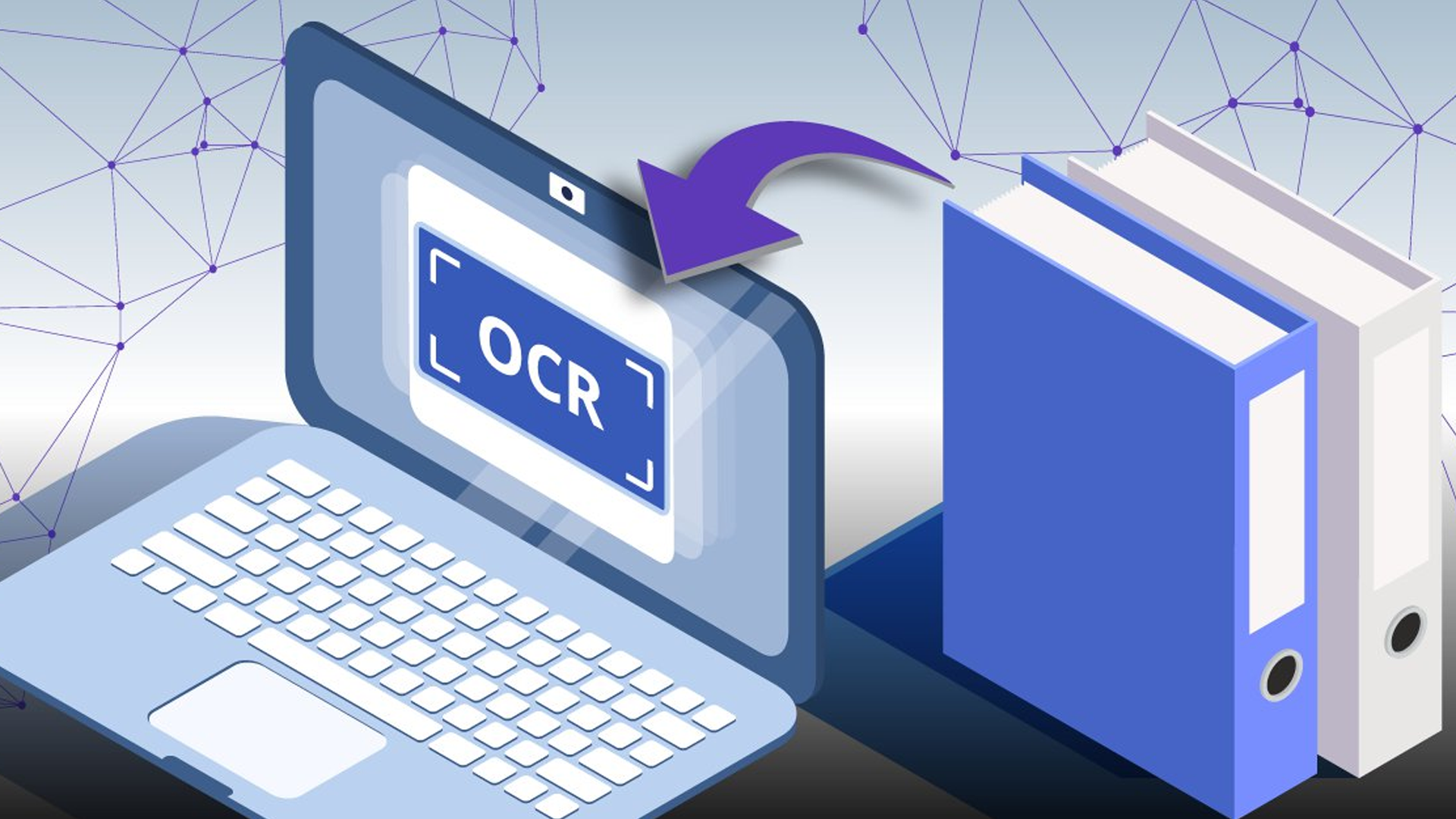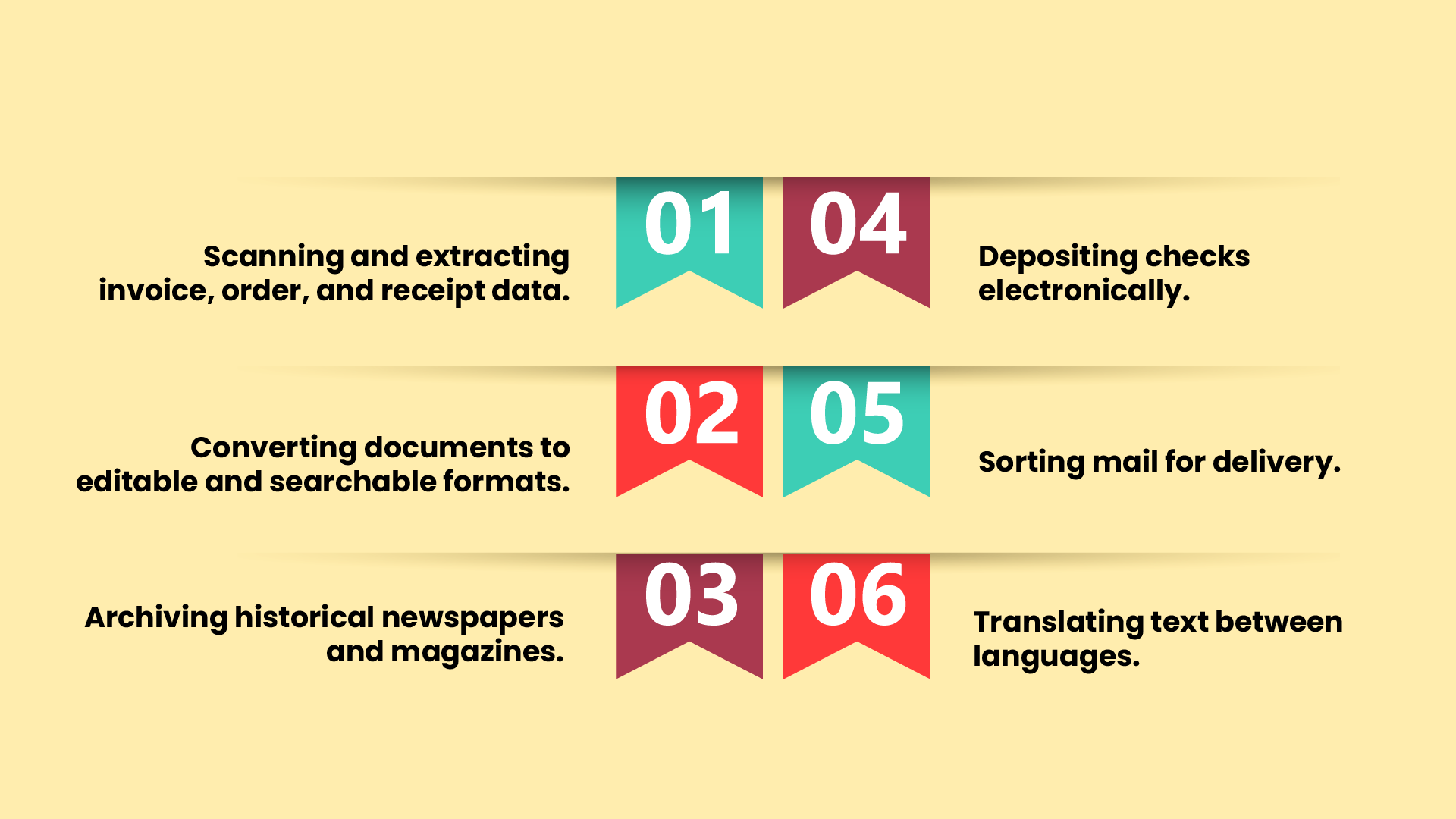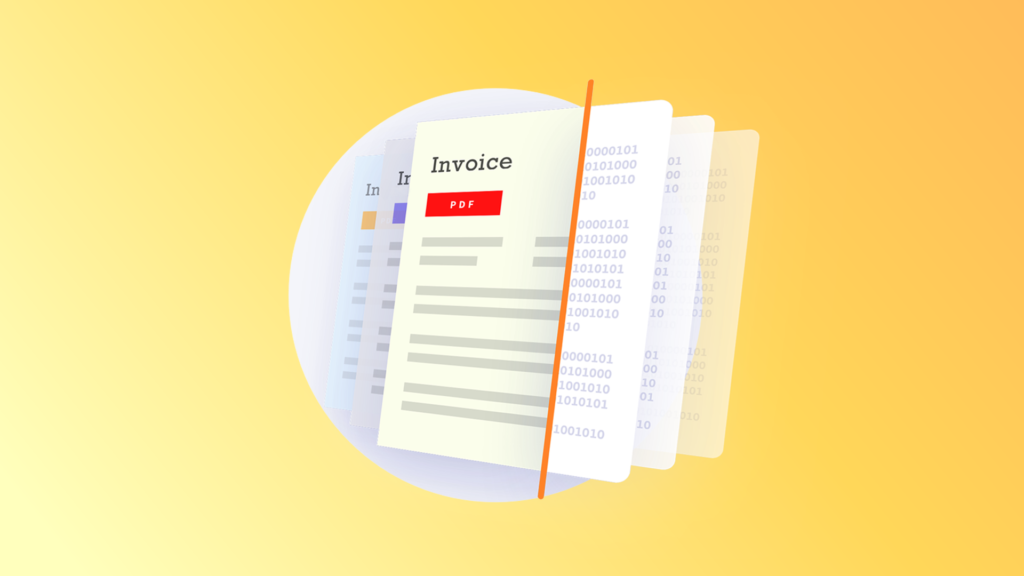In the era of rapidly evolving technology, businesses are constantly looking for innovative software that streamline their invoice management amongst other important aspects of AP.Â
Amongst such technologies, OCR stands out as an innovative, automated, and streamlined technology that has proven its capability to fulfill a wide range of applications. approach to invoice capture and processing that is helping countless companies automate processes and improve their AP efficiency.Â
In this comprehensive guide, we’ll explore the concept of Invoice OCR, its benefits, limitations, and how to implement it effectively in your accounts payable department.
What is Invoice OCR?
Optical Character Recognition, or OCR, automatically analyzes and extracts data from physical or digital invoices, converting raw and unstructured information into structured data.Â
This automated invoice digitization eliminates the redundant task of manual data entry while improving the speed and accuracy of invoice processing.

The Evolution of OCR Technology
OCR technology has come a long way since it was developed in the 1970s by Ray Kurzweil to assist visually challenged individuals in reading typewritten characters.Â
Soon after, it underwent some unexpected advancements that allowed it to recognize complex fonts and handwritten text, making it more than an accessibility tool for the visually impaired but an invaluable technology for businesses.
Today, invoice OCR software, integrated with innovative ML, pattern recognition, and feature extraction algorithms, can accurately extract data from various sources. Today, invoice OCR is not just used to read invoice data but also to derive its context.Â
Deducing the context is crucial in extracting the relevant data from various sources, such as documents, images, and invoices, and matching them to the correct categories.
The Role of OCR in Accounts Payable
You should know that OCR technology has multiple purposes, from automated invoice processing and categorizing invoice spending to translating foreign invoices for AP departments. Not to mention, OCR can eliminate manual data entry, saving time and improving accuracy.Â
Some of the most noteworthy functions of OCR in accounts payable include:

Benefits of Implementing Invoice OCR
There are several advantages to incorporating OCR technology into your accounts payable processes, mainly when used alongside other automation tools. Some of these benefits include:
1. Improved Accuracy
OCR technology can significantly enhance the accuracy of data extraction when compared to manual data entry, with some applications boasting up to 99% accuracy rates. This increased accuracy can streamline accounts payable processes and reduce the likelihood of costly errors.
2. Time-Saving
According to Ardent Partners’ State of ePayables 2022 report, the average time required to process a single invoice manually was 10.9 days. With OCR technology, invoice processing time can be reduced to 3.71 days, freeing up valuable resources for other tasks.Â
Remember, the additional time your stakeholders have on their hands can be used to improve other business competencies.
3. Cost Reduction
The same report found that the average cost to process a single invoice using manual methods was $10.18. Implementing OCR technology and automating invoice processing can reduce this cost to just $3.23 per invoice.
Limitations of Invoice OCR
While OCR technology offers numerous benefits, there are some limitations to consider:
1. Manual Checks for Accuracy
Despite high accuracy rates, OCR technology still requires human intervention to validate the extracted data and correct errors. This validation process is crucial to ensure the accuracy of the extracted information.
2. Format Constraints
OCR technology may struggle to accurately extract data from small or handwritten text, blurred or unclear text, illegible fonts, individual line items, or data from tables.
3. Human Intervention
To achieve true accounts payable automation, businesses must combine OCR technology with other tools, such as artificial intelligence (AI) or machine learning. This approach ensures the highest accuracy and efficiency in the invoice processing workflow. Unfortunately, this may be a challenge for many who still rely on a combination of OCR and human intervention for increased accuracy.
Integrating AI with OCR for AP Automation
For a comprehensive accounts payable automation solution, businesses should consider combining OCR technology with AI and machine learning. This combination creates a powerful tool to “learn” invoice patterns and structures, further improving data extraction accuracy and streamlining workflows.Â
Using OCR and AI for 3-Way Matching
A procure-to-pay software like Planergy, which integrates OCR and AI, can significantly simplify the 3-way matching process. By automatically scanning and processing incoming supplier invoices, the software can match them against existing purchase orders and shipping receipts while maintaining a transparent audit trail.
Best Practices for Implementing Invoice OCR
To get the most out of OCR technology, businesses should follow these best practices:
- Use clear, high-quality documents for scanning.
- Maintain consistent document sizes and formats.
- Follow standardized invoice layouts and fonts.
- Improve paper quality by removing marks or spots that affect accuracy.
To summarize,
Invoice OCR technology can significantly streamline accounts payable processes and improve overall efficiency. By combining OCR with AI and machine learning, businesses can optimize invoice processing workflows and save time, money, and resources.Â
By following best practices and implementing a comprehensive automation solution, companies can unlock the true potential of Invoice OCR and transform their accounts payable departments.
